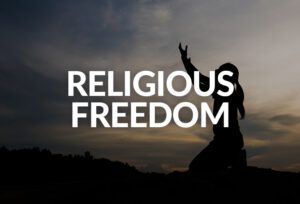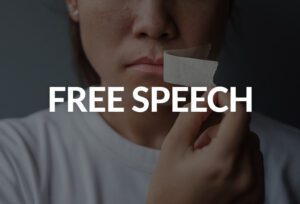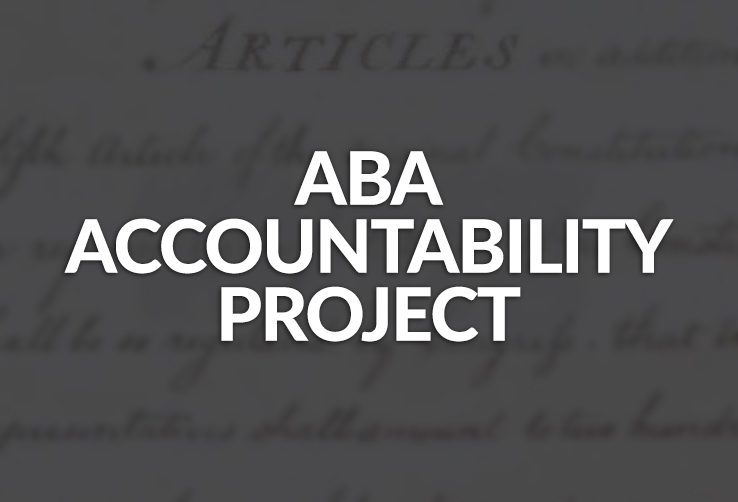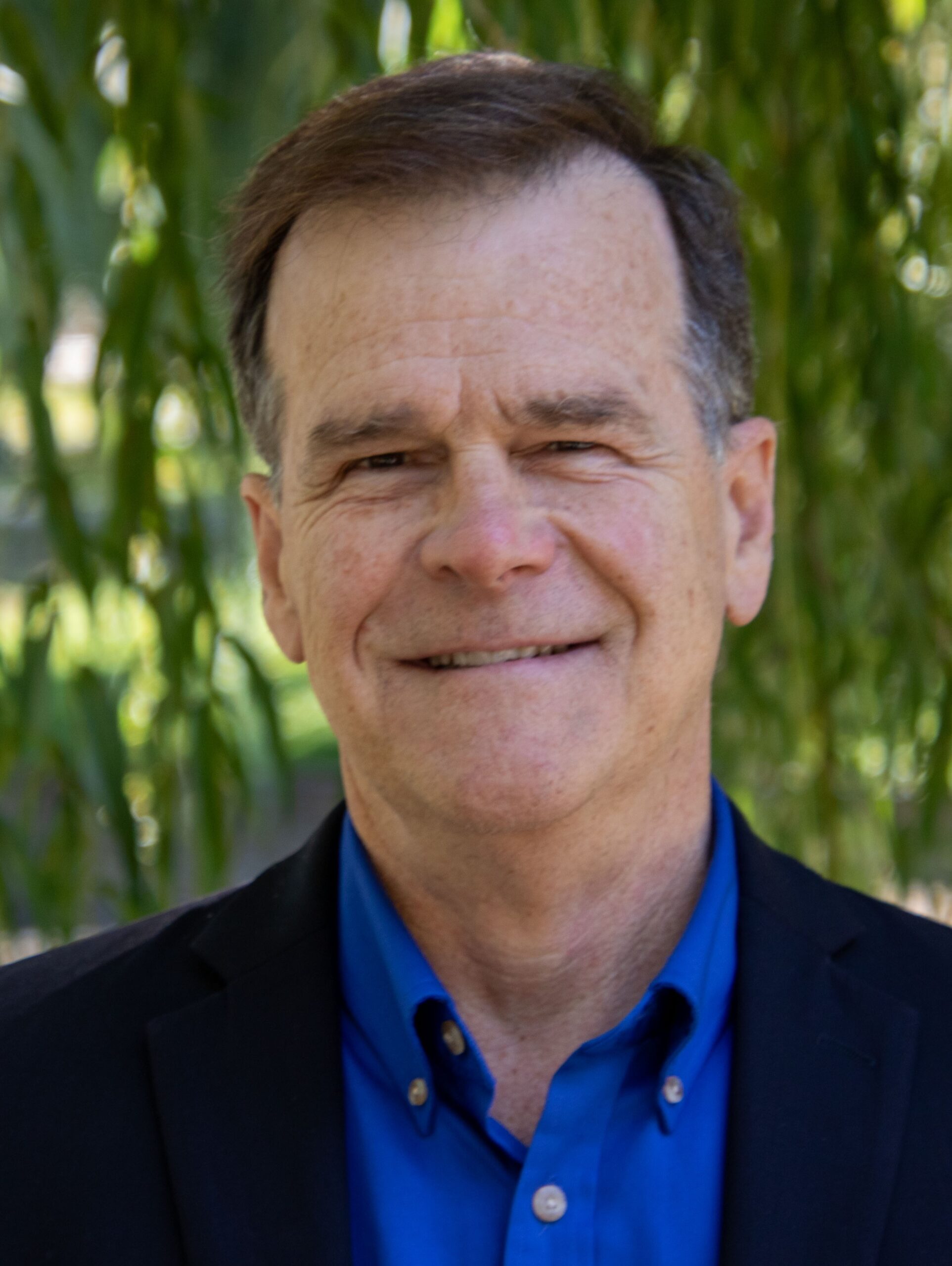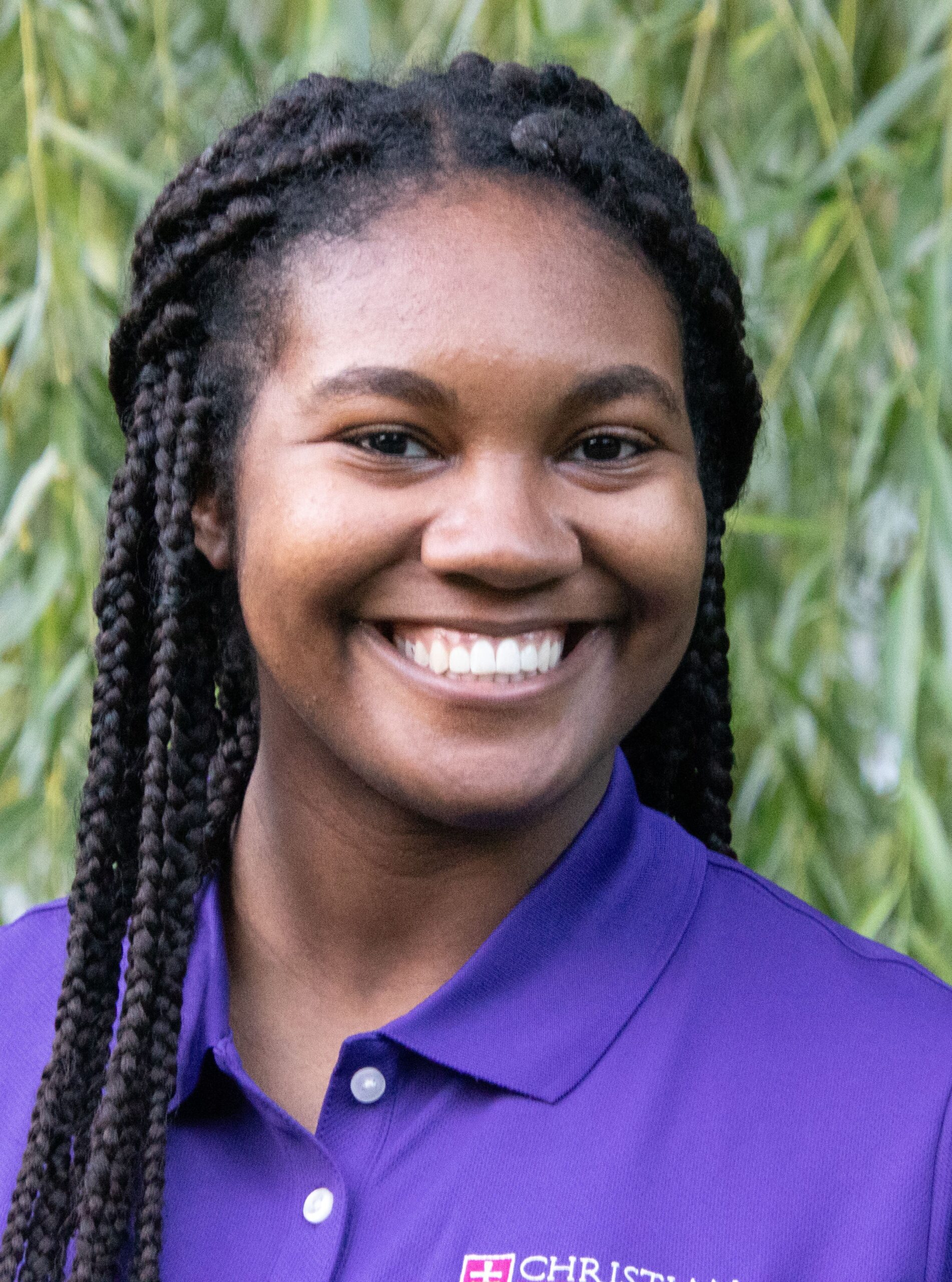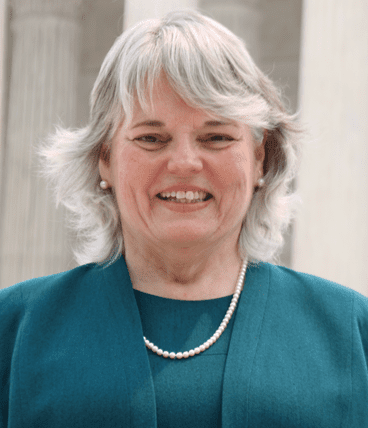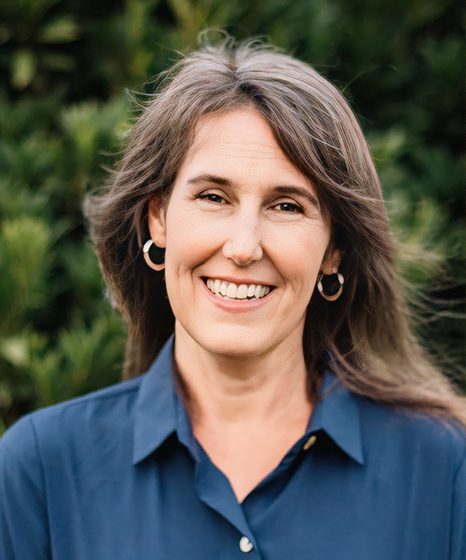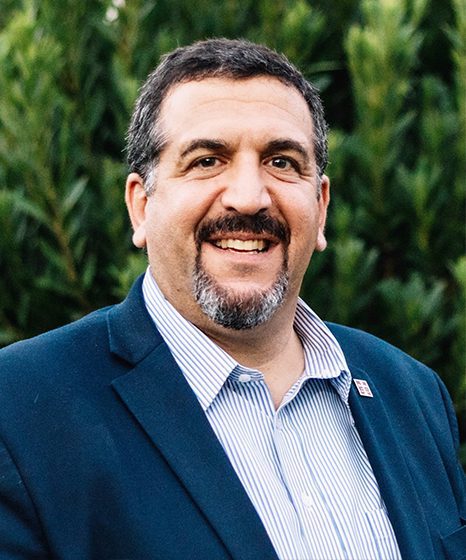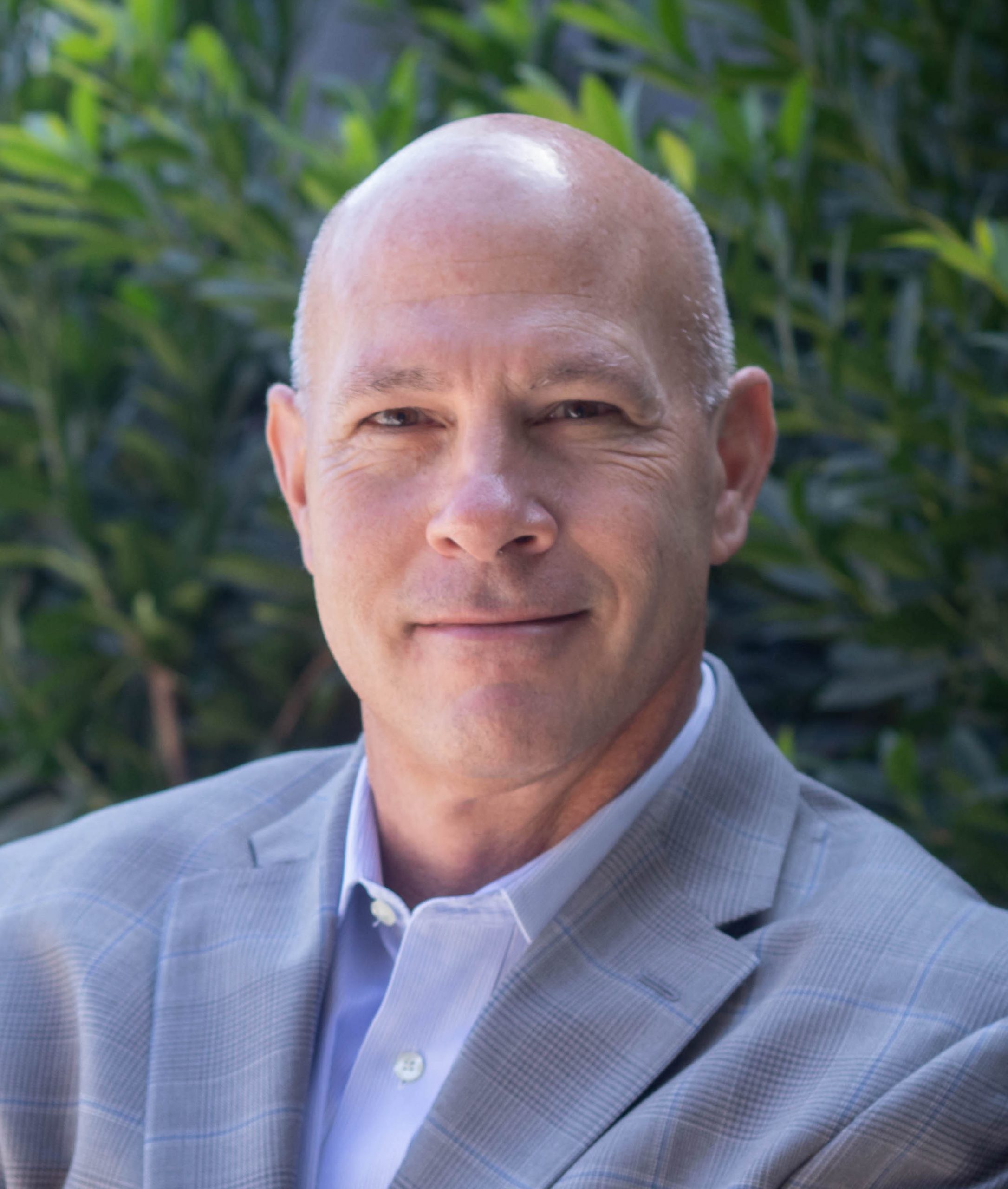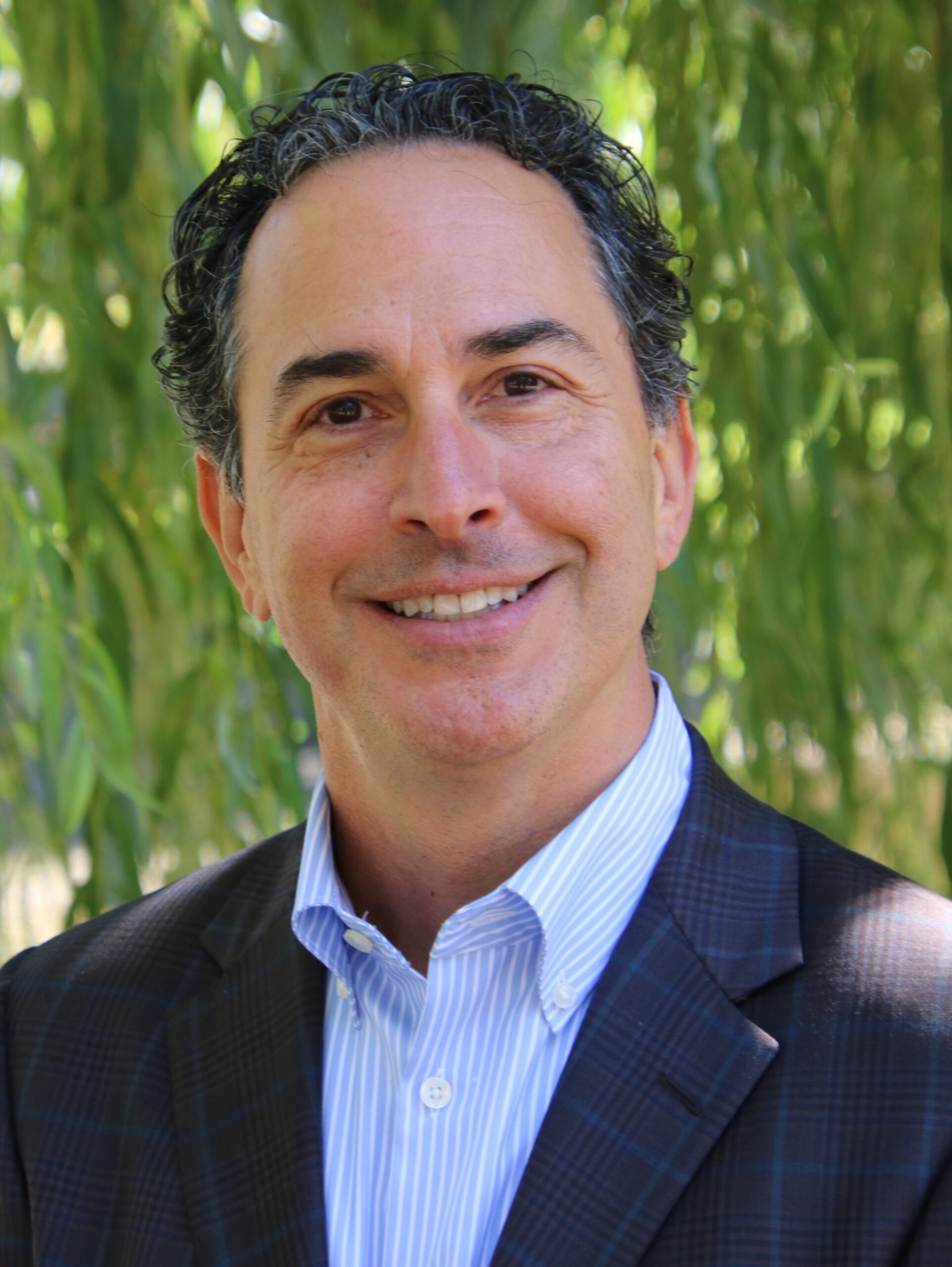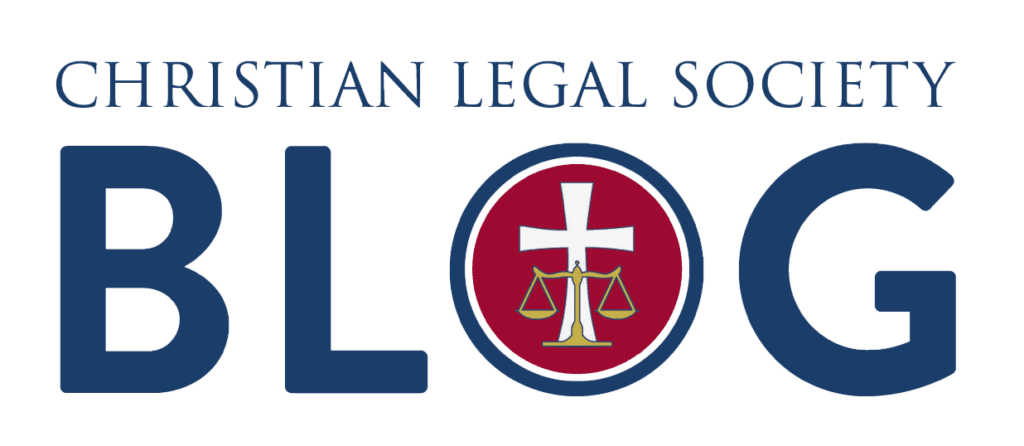
Kim Colby

Note: This article was originally published as part of a SCOTUSblog symposium on the Roberts court and the religion clauses. It is re-posted here by kind permission.
Americans’ religious freedom depends on a patchwork of protections scattered throughout federal and state laws. Religious freedom is protected to a limited degree by the First Amendment’s free exercise clause; to a much greater degree, but only at the federal level, by the Religious Freedom Restoration Act; and to various degrees by specific religious exemptions tucked here and there into federal statutes and regulations. While state constitutions, as well as some state and local statutes, pay homage to religious freedom, when state courts apply them the results frequently tend to be less robust than their language would suggest.
The Supreme Court’s 2019-20 term brought significant religious freedom victories. But it also highlighted the lack of a constitutional safety net for religious freedom. The 2020-21 term offers a critical opportunity to restore a constitutional safety net that has been sorely lacking for three decades.
Thirty years ago, the Employment Division v. Smith decision unexpectedly weakened the constitutional protection for religious freedom. The Smith decision substituted rational basis review — or possibly, no review at all — for strict scrutiny review whenever a burden on the free exercise of religion is imposed by a neutral and generally applicable law. The court has never explained what it means by a neutral and generally applicable law; it is still not clear whether Smith completely gutted the First Amendment protection for religious freedom or merely shrank it considerably and made it much more complicated and confused. Whatever the degree of damage, this loss of protection applies at the federal level and also at state and local levels.
The cases before the court this term and next term illustrate Smith’s regrettable long-term consequences and demonstrate why the court should overrule Smith. A case to be heard next term, Fulton v. City of Philadelphia, expressly presents that question.
1. Constitutional protection at state and local levels is needed.
Americans’ religious freedom varies widely depending on the state in which they live. Smith deprived religious persons of previous bargaining power and incentives necessary to persuade state and local officials to respect religious freedom.
To provide protection in states, the court has labored to identify discriminatory treatment of religious persons because Smith itself left strict scrutiny in place when religious persons suffer discriminatory treatment. The court has utilized two distinct buckets to protect religious persons:
1. Discrimination based on religious status: In Espinoza v. Montana Department of Revenue, relying on the state constitution, Montana bureaucrats excluded parents and students from a state tuition tax-credit program because many participating families chose to send their children to religious schools. The court held that the Montana constitution impermissibly discriminated on the basis of religious status in violation of the federal free exercise clause.
2. Discriminatory treatment compared to similar secular conduct: Just three years after Smith, in Church of the Lukumi Babalu Aye v. City of Hialeah, the court unanimously ruled that a municipality violated the free exercise clause when it prohibited killing animals as part of a religious ritual, but not as part of a secular activity, such as hunting. In 2018, in Masterpiece Cakeshop v. Colorado Civil Rights Commission, the court applied Lukumi in ruling that state officials unconstitutionally punished a man of deep religious convictions who refused to create a wedding cake to celebrate a same-sex wedding, but did not penalize other bakers who refused to create cakes with messages to which they personally objected.
Requiring government officials to treat religious conduct with the same respect given similar secular conduct has been an important, if unevenly applied, protection for religious freedom under the Smith regime. But it is not an adequate substitute for reliable constitutional protection of religious freedom achieved through consistent application of strict scrutiny analysis to laws that burden religious freedom. Fulton – which involves a city’s denial of licensure to a Catholic organization’s foster-care program – gives the court an opportunity to reinstate strict scrutiny for such laws.
2. RFRA’s protection for religious freedom at the federal level requires reinforcement.
In response to Smith, Congress passed the Religious Freedom Restoration Act by an overwhelming, bipartisan vote, and President Bill Clinton signed it into law. RFRA requires the federal government to demonstrate a compelling interest unachievable by a less restrictive means before it may enforce a neutral, generally applicable law against a person whose sincerely held religious beliefs would be substantially burdened by the law.
RFRA, rather than the First Amendment, has provided the primary protection for Americans’ religious freedom at the federal level for 27 years. A singular legislative achievement, RFRA ensures a level playing field for Americans of all faiths by putting minority faiths and unpopular religious beliefs on an equal footing with faiths that are politically popular.
Two cases on the court’s 2019 and 2020 dockets illustrate RFRA’s importance to persons of all faiths. In Little Sisters of the Poor v. Pennsylvania, Catholic nuns returned to the Supreme Court for the third time in their nine-year effort to win the right to serve the poor without violating their religious convictions regarding contraceptives. Ruling in the Little Sisters’ favor, the court held that the federal government had the authority under RFRA to provide a generous religious and moral exemption from an administrative regulation that required employers to provide contraceptive coverage through their insurance plans. Unfortunately, the court did not follow the course urged by Justices Samuel Alito and Neil Gorsuch to find that RFRA not only permitted the exemption but actually required it. In a concurrence, Justice Elena Kagan, joined by Justice Stephen Breyer, provided a roadmap for the lower court on remand to rule against the religious exemption — a prospect that may necessitate a fourth trip to the Supreme Court for the Little Sisters before final victory.
The second RFRA case, Tanzin v. Tanvir, will be argued this fall. Three Muslim men, one a U.S. citizen and two lawful permanent residents, seek to recover money damages from federal FBI employees who allegedly retaliated against them by placing them on the “No Fly List” for their refusal to become FBI informants within their religious congregations. The issue before the court is whether RFRA’s authorization of “appropriate relief” includes recovery of money damages from federal officials acting in their personal capacities.
The coalition of 68 organizations from across the religious and political spectrum that urged RFRA’s passage had one overriding operative principle: RFRA would protect all Americans’ religious freedom. Anticipating RFRA’s main task as protecting minority faiths, few proponents foresaw that Catholic nuns would be denied a modest religious exemption by a popularly elected administration and, therefore, need RFRA’s protection.
But the times have changed rapidly and dramatically. Since 2010, religious social conservatives have increasingly faced a rigid insistence that they conform to and promote the orthodoxies of the abortion and LGBT movements even when those orthodoxies directly conflict with their religious beliefs.
As a result, Congress is being pressured to eviscerate RFRA. The Equality Act, H.R. 5, passed the House of Representatives in May 2019 by a vote of 236-173, with a provision buried in it to gut RFRA. The Equality Act’s proponents are willing to forfeit all Americans’ religious freedom in order to suppress religious dissent.
In its decision this term in Bostock v. Clayton County, which re-interpreted Title VII of the Civil Rights Act to include sexual orientation and gender identity as protected classes, the court offered reassurance that RFRA, Title VII’s religious exemption and the “ministerial exception” will suffice to protect religious individuals and institutions. But more needs to be done to make its promise a reality. This is particularly true because many state officials are likely to apply Bostock’s rationale to re-interpret state prohibitions on sex discrimination in employment, public accommodations and government programs. Title VII’s religious exemption and RFRA do not follow Bostock’s analysis downstream to the states.
The court’s reaffirmation in Our Lady of Guadalupe School v. Morrissey-Berru of the First Amendment’s strong protection for religious employers’ decisions about who will lead their religious mission and teach their religious beliefs does apply to the states. But the protection, while strong, is limited and does not extend to all employees.
More to the point, Our Lady’s protection of this essential right was possible only because, eight years ago in Hosanna-Tabor Evangelical Lutheran Church and School v. Equal Employment Opportunity Commission, the court set Smith to one side. In Hosanna-Tabor, the U.S. government argued that the free exercise clause offered no protection to a religious congregation’s decisions regarding who would be its minister or teach its faith in its school. The government understandably relied on Smith for this jaw-dropping proposition, only to find its reliance rejected by a unanimous court. But by requiring the court continually to cabin it or create workarounds, Smith works distinctive institutional damage to the court’s reputation.
RFRA and the “ministerial exception” have performed yeoman’s work. But they urgently need reinforcement through restoration of consistent and reliable constitutional protection for religious freedom.
By protecting all religious beliefs regardless of their popularity, religious freedom makes it possible for Americans with starkly different worldviews to live peaceably together. Now is the time to restore substantive constitutional protection for all Americans regardless of what they believe or where they live.
Posted in Featured, Symposium on the Roberts court and the religion clauses on the SCOTUSblog
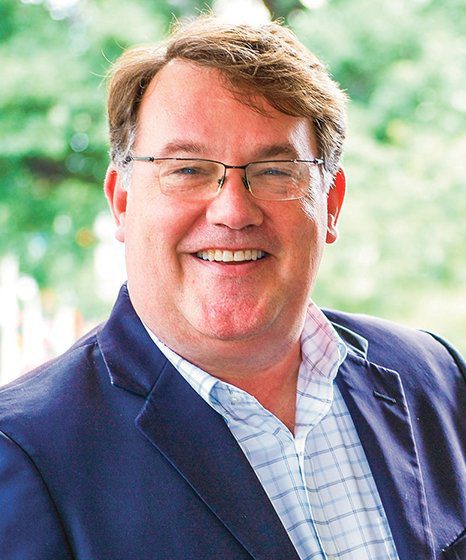
Mike Schutt
Director, CLS Law School Fellows
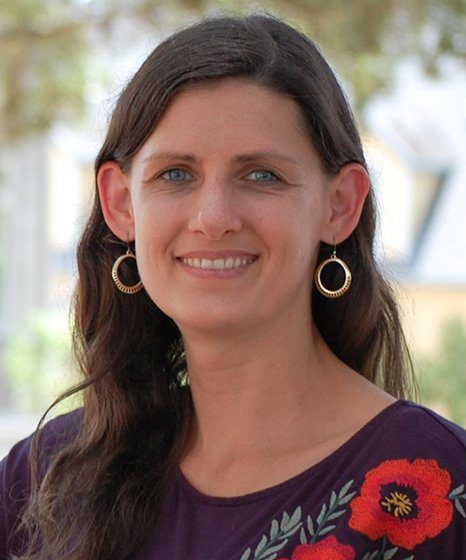
Alanna Walker
Grants Coordinator

Michelle Williams
Law Student Ministries Coordinator
GET UPDATES
The views expressed on the CLS Blog are the views of the individual authors and do not necessarily reflect the positions of Christian Legal Society.
The purpose of the CLS Blog is to generate discussion with a free exchange of ideas and opinions.
▦ |CLS - Christian Legal Society © 2024|















